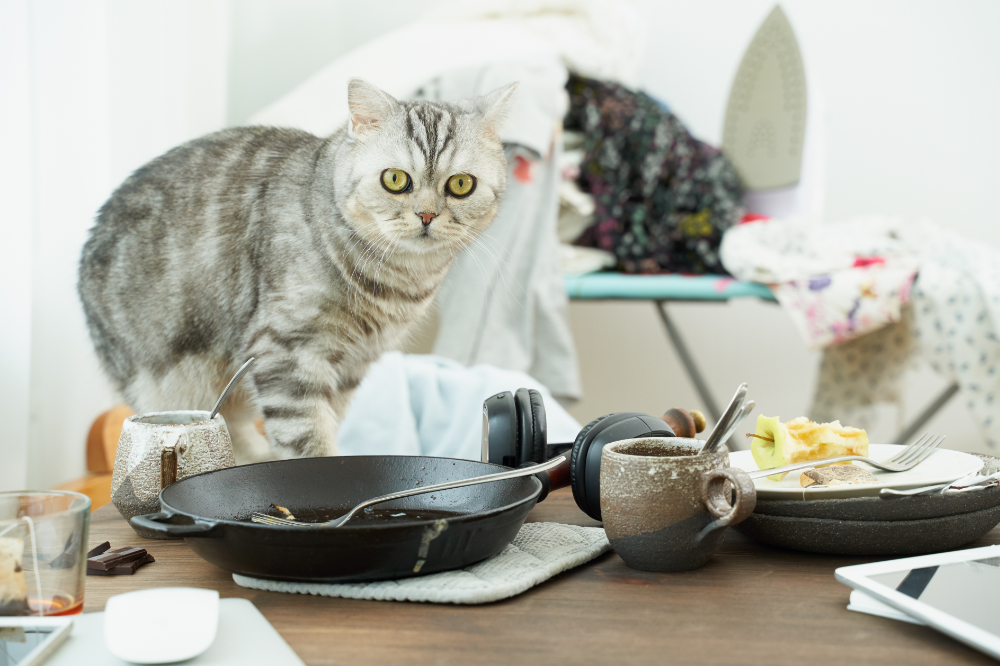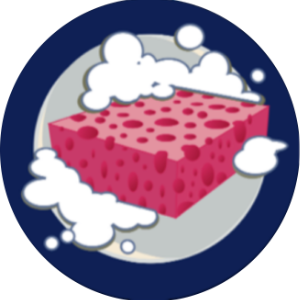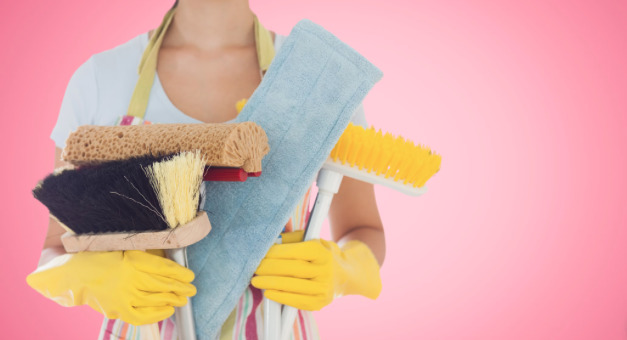In today’s fast-paced world, clutter often creeps into our lives, creating chaos and stress. But fear not! With determination and some smart strategies, you can declutter your living spaces and restore a sense of order and tranquility. In this article, we will explore the art of dealing with and eliminating clutter, offering practical tips and insightful guidance to help you reclaim your space.
What is Clutter?
First, let’s define clutter. Clutter is the accumulation of excessive, disorganized items that occupy your physical and mental space. It can range from old magazines and clothes to sentimental knick-knacks and unused appliances. Clutter not only disrupts your living environment but can also have a negative impact on your mental well-being.
Understanding the Clutter Conundrum
It’s essential to understand that clutter isn’t just a physical problem; it can affect your mental well-being too. Clutter can lead to stress, anxiety, and a sense of overwhelm. Recognizing the negative impact of clutter is the first step toward eliminating it.
The Benefits of Decluttering
Additionally, the benefits of decluttering are numerous. Eliminating clutter can reduce stress, increase productivity, and improve overall happiness. It allows you to focus on what truly matters, promotes better organization, and creates a visually appealing, serene living space.
How Do You Eat an Elephant?
One bite at a time! Heard that before? Clutter is an elephant, a big one! So the best way to start is with a plan.
The Decluttering Process
Furthermore, the process of decluttering can be both liberating and challenging. Start by setting specific goals and breaking down your decluttering tasks into manageable steps. Be prepared to make decisions about what to keep, what to donate, and what to discard. Descriptive adjectives like “essential,” “sentimental,” and “functional” can help you categorize items effectively.

Practical Tips for Decluttering
In contrast, decluttering is not about throwing away everything you own. It’s about making intentional choices. Here are some practical tips to guide you:
– Set a schedule: Dedicate specific time slots for decluttering tasks to maintain focus and consistency.
– One space at a time: Start with a single room or area to avoid feeling overwhelmed.
– Sort and categorize: Use descriptive adjectives to categorize items as “keep,” “donate,” “sell,” or “discard.”
– Declutter regularly: Make decluttering a habit to prevent future accumulation of clutter.
– Storage solutions: Invest in storage containers and organizers to keep your space tidy.
– Digital declutter: Extend your decluttering efforts to your digital life by organizing files and deleting unnecessary data.
Embracing a Clutter-Free Lifestyle
Consequently, as you declutter and simplify your life, you’ll discover the joys of minimalism. A clutter-free lifestyle fosters mindfulness and allows you to appreciate the beauty of the space you inhabit. It grants you the freedom to focus on your passions, relationships, and personal growth.
Decluttering Step by Step
Moreover, decluttering is a gradual process that involves sorting through your belongings and deciding what to keep, donate, or discard. Here are some strategies to help you streamline your space:
– Start Small: Begin with one room or even a single area like a closet or a drawer. This approach prevents you from feeling overwhelmed.
– The 3-Box Method: Use three boxes labeled “Keep,” “Donate,” and “Discard” to categorize items. Be ruthless but practical in your decisions.
– Sentimental Items: While sentimentality can make decluttering challenging, focus on keeping only those items that truly hold deep sentimental value.
– One In, One Out Rule: For every new item you bring into your home, consider removing an old one. This rule helps maintain a clutter-free environment.
Organizing for the Future
Additionally, organizing your space is the next crucial step after decluttering. Invest in storage solutions such as shelves, bins, and baskets to keep your belongings tidy. Descriptive adjectives like “functional,” “elegant,” and “space-saving” can guide your choice of storage solutions.
Maintaining a Clutter-Free Environment
In contrast, the battle against clutter doesn’t end with decluttering and organizing; it’s an ongoing process. To maintain a clutter-free environment:
– Daily Habits: Dedicate a few minutes each day to tidy up. Small, consistent efforts prevent clutter from piling up.
– Regular Assessments: Periodically review your belongings to identify items that can be further reduced or repurposed.
Conclusion
Tackling clutter is a transformative journey that offers both physical and emotional rewards. By using descriptive adjectives to assess your belongings, setting clear goals, and following practical decluttering tips, you can reclaim your space and embrace the simplicity and serenity of a clutter-free life. Remember, it’s not about the quantity of possessions you have but the quality of life you gain by living unburdened by clutter.




